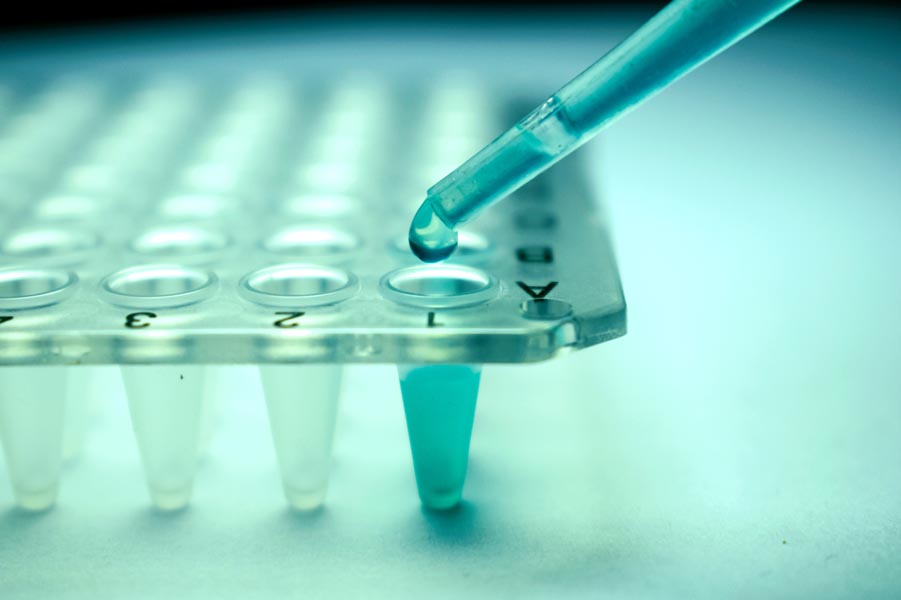
06 Nov What Are the Latest Advancements in Stem Cell Therapy? Exploring Cutting-Edge Regenerative Techniques
Stem cell therapy is moving fast—pushing boundaries, sparking hope, and bringing fresh perspectives to medicine. This once-futuristic concept is quickly becoming a tool with real, tangible impacts across multiple fields, from orthopedics to neurological care. Curious about how these tiny cells are transforming healthcare?.
Induced Pluripotent Stem Cells (iPSCs)
iPSCs are shaking up stem cell research. Created by reprogramming adult cells, they can morph into virtually any cell type in the body—without the ethical dilemmas tied to embryonic cells.
Researchers are using iPSCs to develop personalized treatments for complex conditions like Parkinson’s disease and certain types of heart failure, offering a targeted, patient-specific approach that could vastly improve treatment outcomes.
Organoids – Tiny Replicas of Human Organs
Organoids are miniature, lab-grown versions of organs developed from stem cells. They allow scientists to study diseases in a 3D environment that mimics human biology more closely than traditional lab cultures.
Imagine testing cancer treatments on a miniature model of a patient’s liver or exploring new ways to treat kidney disease without involving the patient directly. This technology isn’t just a leap forward—it’s a paradigm shift in how treatments can be developed and personalized.
Applications of Organoids:
- Testing drug efficacy on human-like models.
- Personalized medicine for cancer and rare diseases.
- Studying human development and organ function.
Stem Cells for Cartilage and Joint Repair
Cartilage doesn’t naturally regenerate well, making joint injuries particularly tough to heal. But advances in stem cell therapy are making joint repair more promising. Stem cell injections can potentially regenerate damaged cartilage in the knees, hips, and shoulders, giving athletes and older adults a new lease on life without invasive surgeries.
Some therapies are already in clinical trials, and the results look promising for those suffering from osteoarthritis and other joint conditions.
- Reduces pain and inflammation in joints.
- Promotes cartilage regeneration, improving mobility.
- Minimizes the need for surgery and long recovery times.
Stem Cell Therapy in Cardiac Regeneration
Heart disease is one of the leading causes of death globally, but stem cells are now making strides in cardiac repair. Stem cells can regenerate damaged heart tissue, helping the heart pump more efficiently and potentially preventing heart failure.
This therapy is particularly exciting for patients recovering from heart attacks, as stem cells could repair tissue that was once considered irreversibly damaged.
Neurogenesis – Repairing the Brain and Nervous System
Neurogenesis, or the process of creating new neurons, is a growing focus in treating neurodegenerative diseases like ALS, Alzheimer’s, and multiple sclerosis. Stem cells are being investigated as a way to replace damaged neurons, potentially slowing or even reversing disease progression.
The research is still in early stages, but some trials are already seeing encouraging signs of neural repair and improved function.
Neurogenesis Applications:
- Potential treatments for neurodegenerative diseases (e.g., Alzheimer’s, ALS).
- Promotes neuron regeneration and brain repair.
- May slow disease progression and improve quality of life.
Conclusion
The landscape of stem cell therapy is evolving quickly, and these advancements are just the beginning. As clinical trials expand and technology advances, stem cell therapy will likely play an even more integral role in healing, regeneration, and disease management.
